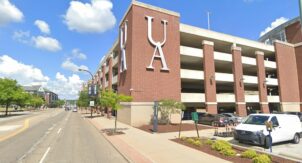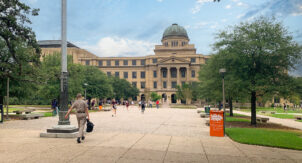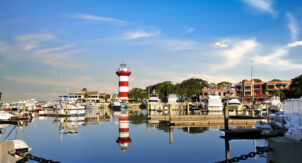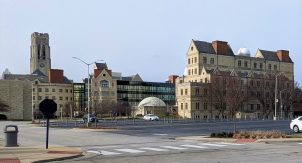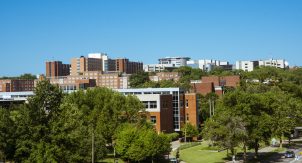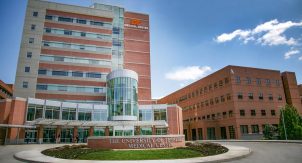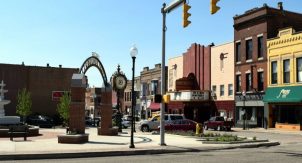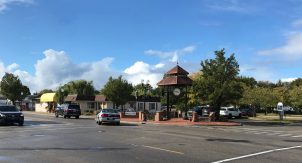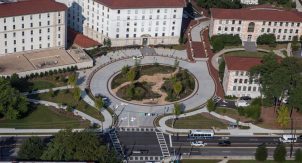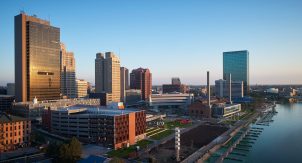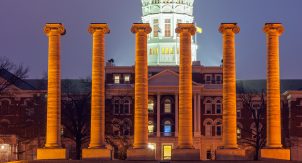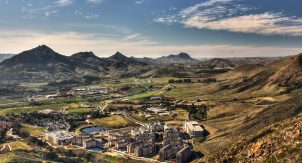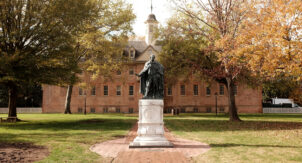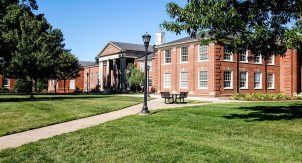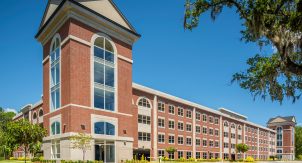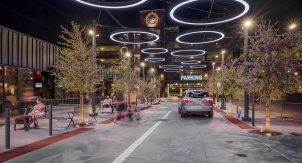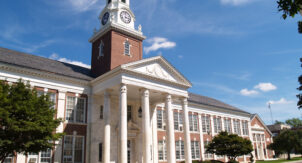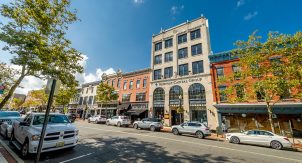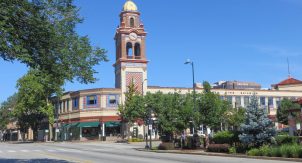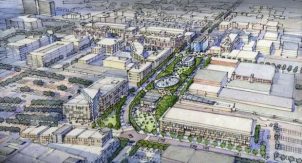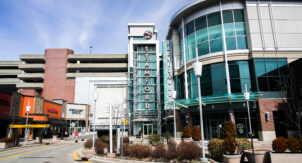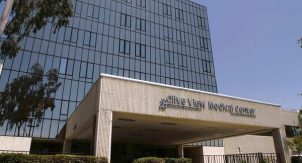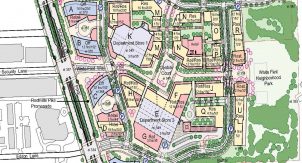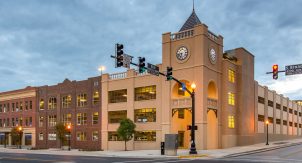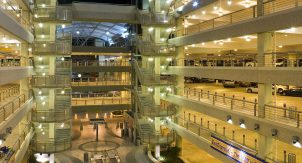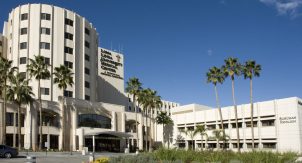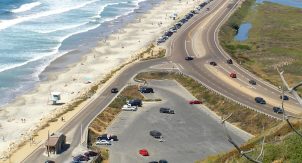Parking Structure Removal Study
LOCATION
Santa Monica, California
The City of Santa Monica engaged Walker Consultants to analyze parking supply and demand in downtown Santa Monica and the nearby coastal zone. The City wanted to know how removing an existing parking structure to redevelop the land into affordable housing would affect parking in the surrounding area.
The California Coastal Commission’s mission is to ensure the public’s access to and enjoyment of the State’s beaches and coastline. For this reason, the Commission pays close attention to the elimination of any parking spaces in the Coastal Zone, making sure that the loss of parking spaces does not negatively impact public access.
Given a need for more housing and a desire for more recreational uses, Santa Monica and many other California cities have recently been evaluating whether parking is the highest and best use or whether some parking at the Coast should be replaced with other uses. The age and condition of the City’s Parking Structure 3 highlighted this issue.
Walker reviewed the City’s historical parking occupancy data from years past to determine whether parking spaces were available to the public in the Coastal Zone during busy periods. Using data from numerous, previous, Walker had performed for the City of Santa Monica and California Coastal Commission approvals, Walker also drew upon its own historical data collected at Santa Monica’s beach lots and large private parking structures in the Coastal Zone as well.
Finally, Walker also recognized the significant multimodal system that facilitates access to the Coast, including a new light rail line, local and regional bus service, and public and private bicycles and scooters.
Walker determined that system-wide, adequate parking was available in the Coastal Zone during busy periods; a lack of available parking was not an obstacle to the public accessing the Coast. Walker also determined that, although Parking Structure 3 was in the Coastal Zone, it was not a primary facility for the public’s Coastal access, given distance from the Coast and significant natural and man-made obstacles between the parking structure and Santa Monica’s world-class beaches.
Walker concluded that the loss of the parking supply from the garage, known as Parking Structure #3, would not prevent the City’s parking system from meeting existing demand on typical peak days. The demand for parking at this structure would be accommodated at other nearby facilities with more than 2,000 spaces to spare. The removal of the structure may encourage some visitors to shift from driving to walking, biking, or taking advantage of the robust nearby transit services.
Walker’s study allowed the City of Santa Monica to satisfy state requirements and assure its residents that removing a parking structure would not hinder access to downtown or the coast.
Related Projects
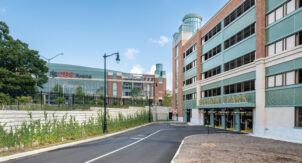
Elmont, New York
Belmont Park Arena
Curb Management, Planning, Operations & Technology, Parking Design
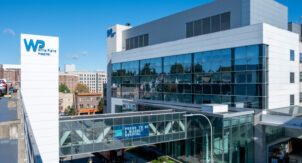
White Plains, New York
White Plains Hospital Center
Parking Structure Restoration, Planning, Operations & Technology, Parking Design
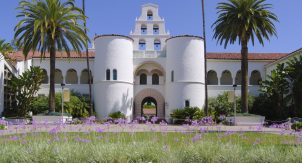
San Diego, California
San Diego State University Permit Structure and Pricing Model Study
Financial Feasibility, Planning
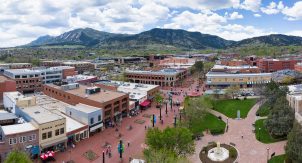
Boulder, Colorado
City of Boulder Access Management and Parking Strategy Implementation
Curb Management, Planning
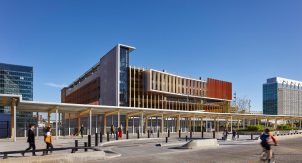
Boston, Massachusetts
South Boston Waterfront Transportation Center
Planning, Operations & Technology, Parking Design
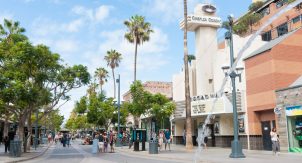
Santa Monica, California
City of Santa Monica Downtown Parking Plan
Financial Feasibility, Planning, Operations & Technology
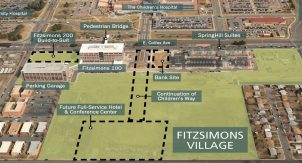
Aurora, Colorado
Fitzsimons Village Hotel and Conference Center
Financial Feasibility, Planning, Operations & Technology
- Services
- Markets
- Our Work
- News & Insights
- About Us
- Our People
- Our Offices
- Ann Arbor, MI
- Atlanta (East), GA
- Atlanta (West), GA
- Austin, TX
- Boston, MA
- Charlotte, NC
- Chicago (Loop), IL
- Chicago (West), IL – HQ
- Dallas, TX
- Denver, CO
- Fort Lauderdale, FL
- Houston (East), TX
- Houston (West), TX
- Indianapolis, IN
- Irvine, CA
- Kalamazoo, MI
- Los Angeles, CA
- Minneapolis, MN
- New York, NY
- Philadelphia, PA
- Phoenix, AZ
- Pittsburgh, PA
- Princeton, NJ
- San Francisco, CA
- Seattle, WA
- Tampa, FL
- Washington, DC
- Contact Us
- Careers


